By Adam Karenina Sherif
 House of X #2
House of X #2
Writer: Jonathan Hickman
Artist: Pepe Larraz
Colorist: Marte Gracia
Letterer: VC’s Clayton Cowles
Designer: Tom Muller
Publisher: Marvel
Everyone’s all aboard the weekly mutant summer party train from Marvel that is House of X and Powers of X. The buzz is loud, the buzz is real. This second issue of House of X is the third issue overall, and it’s the first that’s really pushed my critical faculties into balanced reflections of what’s working and what’s not. Nine issues still to go, but hopefully this proves a worthwhile pitstop.
The dual creative teams of Jonathan Hickman, Pepe Larraz, Marte Gracia, Clayton Cowles and Tom Muller on House of X and Hickman, R.B. Silva, Gracia, Cowles and Muller on Powers of X turned out completely stellar, broadly accessible first issues. The sense of scale and scope to Powers of X was particularly striking, establishing a macro take on the cyclical nature of human-mutant relations in a way that massively reminded me of how the Star Wars saga has been extended both into the past and future with the prequels and sequels. A pendulum swings, boom & bust, etc.
X-Men feels like a property fully worthy of this epic treatment. The two books are working really well in tandem thus far, with different functions but each informing and enriching the other at every step. The structure, outline and world-building at work are big, but it’s being communicated simply and effectively. Ambitious, enthralling, engaging, sci-fi superhero comics.
House of X #2 is clever and cool, offering a character study and personal history (histories) of mutant geneticist Moira X. Known previously as Moira MacTaggert, she’s been on the scene in X-Men affairs since her first appearance in Uncanny X-Men #96 (1975). The second issue of House of X dives into an exploration of her regenerative mutant ability, the many lives she’s lived, and ultimately presents the path to her radicalisation heading forwards. Giving this entire issue over to Moira clearly marks her out for a significant role in the new futures House of X and Powers of X are creating for mutants in the Marvel Universe.
Undoubtedly the greatest strength of this issue is the entwining of Moira’s regenerative powers with her work as a scientist. The narrative structure is well-considered and well-executed, allowing readers to follow Moira through a series of trial-and-error experiments as she moves through the course of her life multiple times. And so, as a scientist does, Moira messes with variables in the hopes of producing different outcomes for the fate of mutantkind. Pairing content and form like this is just very good comics from the entire creative team. There’s even an infographic at the close of the issue, detailing the key events of each version of Moira X’s life. Because of course there is.

And! On one pass, Moira even attempts to play through her life as it originally transpired acting with a conscious passivity, only to discover that inaction is itself a choice and one that has its own consequences. It’s a profound reflection to embed in an X-Men comic in 2019.
The snapshot pacing the issue employs doesn’t quite make as exciting use of Larraz’s storytelling abilities as House of X #1 did, but the formal structures are totally apt for the story being told. The dominant style of layouts here is four wide-screen panels stacked down the page. And the panels are generally momentary images with captions overlaid, giving a clear sense of a historical recounting. It works well, and the variables Moira’s introducing as a narrative agent keep the reader engaged. Not to mention some of the discoveries along the way, which will no doubt thrill longtime X-Men readers.
When we do close in for a more dynamic, moment-to-moment sequence in the scene with Destiny and Mystique, Larraz absolutely flies again. Here his work is gorgeously expressive, with a wonderful juxtaposition between Destiny’s stoicism and Moira’s defiance. And this tension sits against Mystique’s almost unreadable detachment. The layouts also vary for this scene, with a couple of nine-panel grids thrown in to up the intensity and add a sense of a ticking clock. Colourist Gracia, the unsung star keeping these two series so visually complementary, brings the fire to this key moment quite literally. Again, the narrative structures have been so carefully chosen, and the craft in their implementation is very, very strong.
Alternating between snapshots and more close quarters storytelling recalls Ed Piskor‘s X-Men: Grand Design, where Piskor sprints through some dense X-Men history, but slows right down to climb inside particular episodes and show them unfolding in lovely, lucid detail.
Now, while the structures and craft at work in House of X #2 are really quite remarkable, its emotional underpinnings are sadly a little flimsier. Because of some of the content this issue is handling, principally a narrative of radicalisation, my sense is that it could have benefitted massively from a greater emotional and cultural sensitivity. There’s nowhere that it all falls down catastrophically, but some elements had me dissociating from the book where they could so easily have been engrossing at a deeper, more poignant level.
“The Uncanny Life of Moira X,” as this issue is subtitled, is a story of the radicalisation of a single mutant in a context where mutants are always ‘other’ to humans. And the book’s text itself details more than once how “the experience radicalized her.” The language is deliberate and explicit, and that’s absolutely fine. We’re moving through territory similar to the dichotomy often applied to Magneto as either terrorist or freedom fighter. To move in these spheres is not inherently an issue, but to tell a story of the radicalisation of the ‘other’ as a cis-het white man is very difficult. I believe it requires significant doses of humanity, empathy and an attempt to incorporate authentic experience for it to work meaningfully — to connect, to resonate. Instead, proceedings here feel a little too abstracted and not especially evocative.
A greater sense of emotional authenticity applied to Moira’s character could have made this issue completely soar. And where lived experience is not obviously available to the creator(s), meaningful consultation with relevant parties either directly or through their works can really close that distance. I would have loved to have felt a degree of resonance with Moira’s cumulative narratives. Which is not the same as saying I want her to be ‘right’ or that I want her to represent me, just for the record. But I really do want her, as an ‘other,’ to be more than an image of a person moving through what is ultimately such a serious narrative.
One caption reads that “in Moira’s fifth life, she decided aggression was the only acceptable response to the violent tendencies of man.” The panel on which this is overlaid, however, corresponds with a second caption detailing that in this life, Moira leaves home at 13 years old. The panel depicts Moira sleeping on a plane, bus, etc. No visual content corresponds to Moira’s rather significant new political position. And if we’re really addressing such a consequential shift in perspective as the embracing of violent means, I believe it needs greater exploration. And specifically, since this is comics, I think we need to be shown it, not merely relayed via caption. It’s not an abstract decision; it’s a change in the innermost life of the character.
Yes, it’s possible to argue that science is an emotionally-detached environment and that’s the lens through which this story is being approached, but it’s also true that there are values, politics and emotions at work in science as anywhere else in human affairs. More to the point, however, the experience of radicalisation surely cannot be distilled to a series of sequential snapshots void of emotional data. The narrative is too serious to be lacking an accompanying emotional weight.
Perhaps the clearest missed opportunity in this regard comes in the wake of the crucial exchange Moira has with Destiny. Presented with the case that her efforts up to that moment, including the creation of the mutant gene cure, have been working against the interests of mutantkind, Moira undergoes a pivotal paradigm shift. While resolute through most of the scene, she hears about the importance of working “with cause” as well as some threatening time-loop-murder stuff, and begins a new course in her next life.
Her moment of slight capitulation and the emotional crux of the issue comes when Destiny asks if Moira is prepared to embrace the mutant cause and she replies, with a panel zoomed in close to her right eye, “I… I.. I don’t know”. She then suffers a fiery death, and is reborn with a new sense of purpose. In the pages which follow, the book mostly returns to its snapshot structure, and Moira starts over, looking more favourably upon mutantkind’s potential.
This trial by fire is an effective device, especially visually and in how it propels the narrative forwards, but there’s no emotional follow-up to this crucial moment. It stands to reason that Moira would now be possessed of a greater compassion and sympathy for her fellow mutants, but again, it’s not shown. The book just proceeds with Moira’s new direction feeling like the next step in her chronicle. And with so much incredible work in our world about the unlearning of internalised prejudices and -isms, it’s honestly such a shame not to see something of that embedded in Moira’s story here.
Moving through such a profound internal conflict could have been given more space, and much more weight. From both accounts I’ve read and my own lived experience, the realisation for anybody who comes to see they’ve been working in conjunction with the values of their oppressors and unconsciously against their own people is a fundamentally profound and gut-wrenching rite of passage. House of X #2 presents exactly this kind of narrative, but sadly doesn’t do it emotional justice.
For the record, Hickman is a white, male writer I’ve always found profoundly capable of the kind of connective, transcendent writing I’m asking for here. He did it on more than one occasion in House of X #1, in fact. Cyclops’ showdown with the Fantastic Four is the most obvious example, and it’s a scene that went a good way to suggesting that this X-Men run is for everyone and that Hickman fully understands the significance of mutants as both ‘other’ and outsider. And I’m sure that’s still the case. But some of what he’s working with in these books will require more heart, to put it more plainly, if it’s going to communicate as more than just highly intelligent science-fiction.
Ales Kot is another writer who quite regularly manages to imbue marginalised characters with a meaningful humanity. His understanding of power and discourse gives works like Days of Hate with Danijel Žeželj, and the more esoteric Material with Will Tempest, an earnestness that actively works to de-centre any ideas of a default, normative perspective in a really thoughtful way.
Lastly, while Moira X may be intended to signify ‘Moira Ten,’ as she’s on her tenth life cycle, the radicalisation narrative being paired with the new surname conjures for me the naming preferences associated with and practiced by members of the Nation of Islam. And weirdly, while “Professor X” has never made me feel this way, “Moira X” struck me as vaguely inappropriate.
It’s possible that the framing of Xavier’s ‘dream’ in House of X #1, recalling Rev. Dr. Martin Luther King Jr., made this more noticeable. And actually, as a change from the time-honoured oversimplified take of Xavier as MLK an Magneto as Malcolm X, I’m very genuinely interested in the possibilities of Moira as the radical alternative to Xavier’s traditional peaceful co-existence approach to human-mutant relations. But as above, Moira’s personal narrative needed a greater emotional weight and authenticity for it all to cohere in this particular issue for me. And I should say that, as a black person with relevant heritage, my discomfort here is sovereign. In all honesty, I feel the X surname is probably too specific an experience to be trifled with.
I believe these more discourse-heavy critiques are worth discussing, mainly because tending to these kinds of sensitivities can really elevate a work into the kind of profundity that stays with the reader far longer, and at a much deeper level than something being very, very cool. And the emotional and cultural dissociation I felt here is real.
That said, these weaknesses are a matter of nuance within what is a very well-crafted book. Along with Powers of X, House of X offers some incredibly captivating sci-fi storytelling and world-building. They also constitute a much-needed simplifying of the world of X-Men. My honest hope is that the kind of resonance that was so striking to much of the comics community with both first issues returns as we proceed through the rest of the series. The scale, scope and chops are already there. I’m looking for the heart to carry it all through.


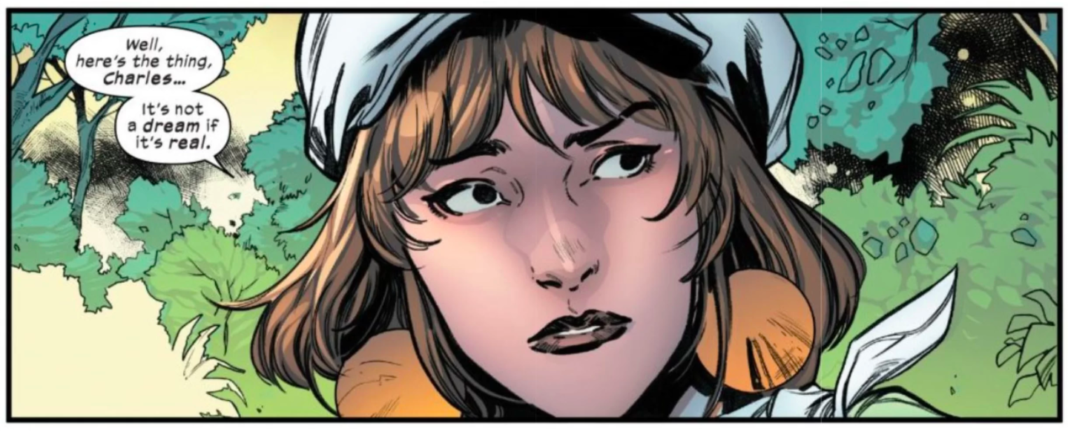
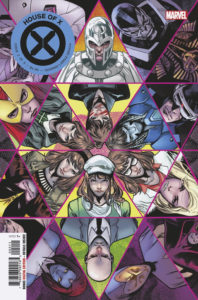





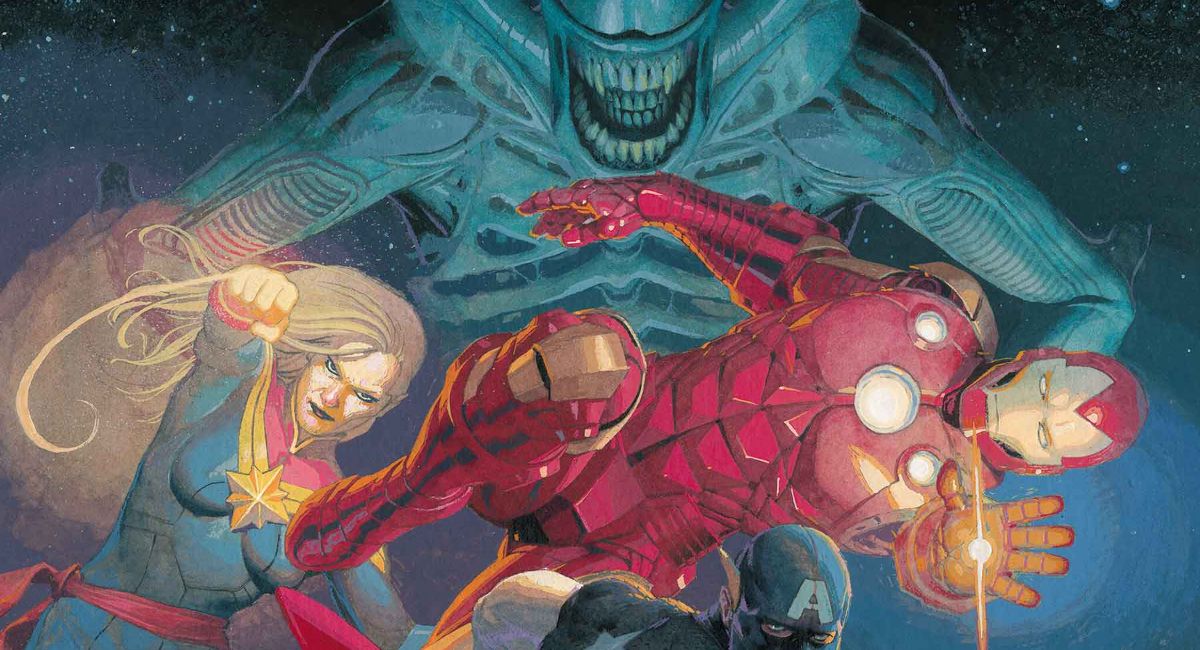
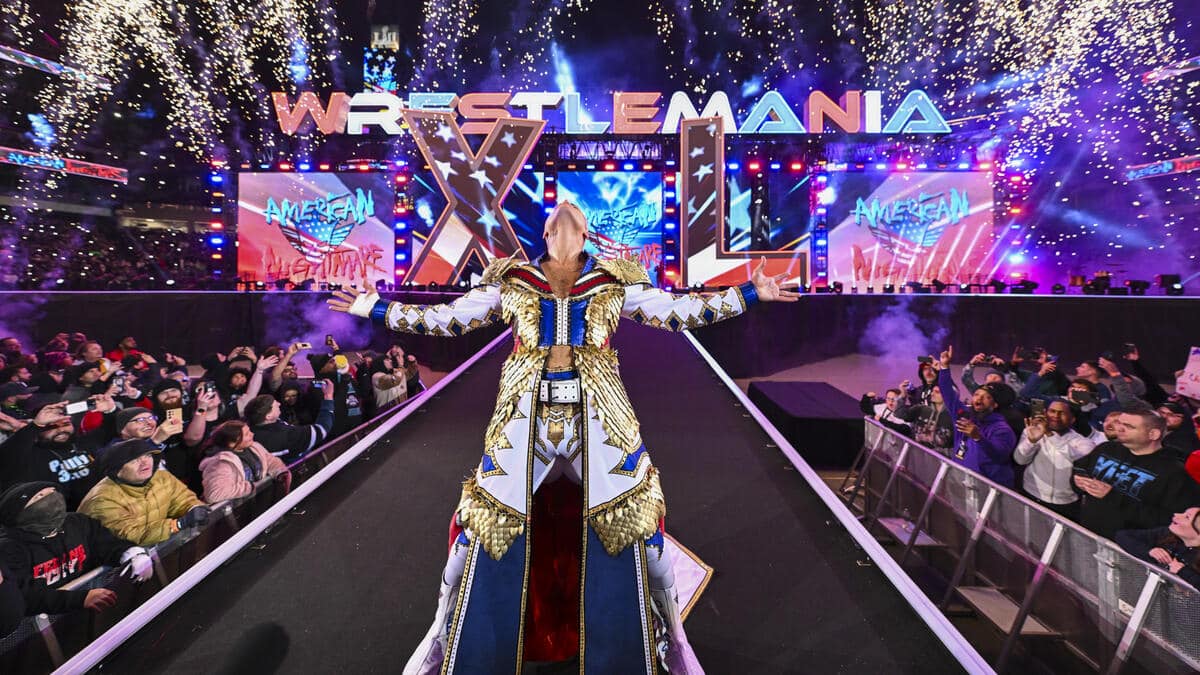
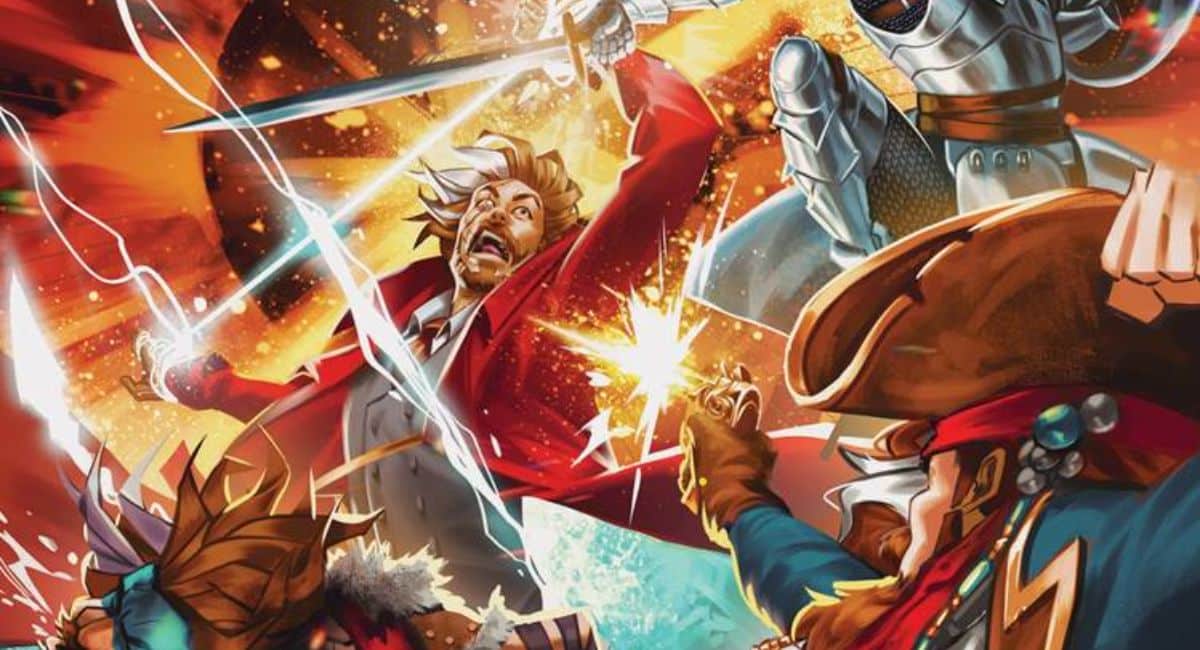


Comments are closed.